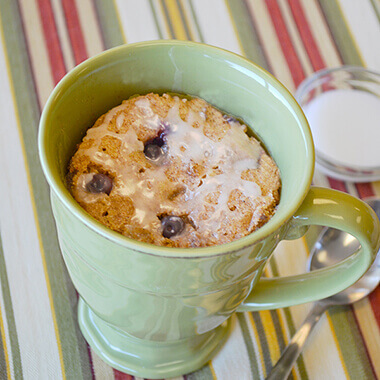
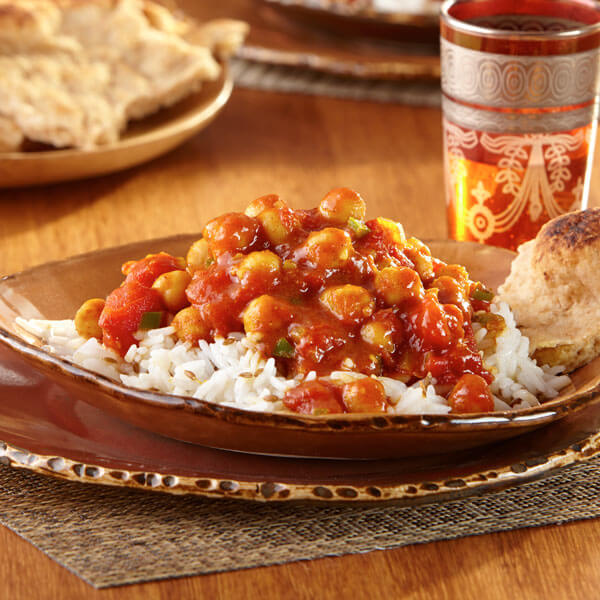
Magical Golden Ghee
Ghee is butter that is simmered until the solids separate and brown. Ghee has a rich butter flavor , can be used like oil in cooking and is easy to make using unsalted butter.
 by
Land O'Lakes Test Kitchen
by
Land O'Lakes Test Kitchen
 by
Land O'Lakes Test Kitchen
by
Land O'Lakes Test Kitchen
What is Ghee?
Ghee is butter that is simmered until the solids separate and start to brown. Then, the clear golden liquid is poured off and used like oil in cooking. Like oil, ghee can handle higher temperatures but has the flavor of browned butter. You can buy ghee but it is so easy to make you own using a pound of unsalted butter.
What is the Difference Between Ghee and Butter?
Ghee is made from butter. Butter is made up of butterfat, water and milk solids. When you slowly heat butter it allows the butterfat and milk solids to separate. The water evaporates and the milk solids turn brown and toasted. You then remove all those milk solids and are left with pure butterfat that has the flavor of browned butter. Ghee is very similar to clarified butter, the only difference is clarified butter you don't let the milk solids brown. Ghee is traditionally used in Indian cooking. It has a much higher smoke point than butter so it doesn't burn as quickly which makes it ideal for cooking at high temperatures like pan-frying and sauteing.
How to Make Ghee
-
To make a supply of ghee, melt unsalted butter over low heat. When it's melted, increase the heat to medium and you’ll soon notice a white foam rising to the top. The butter will start to crackle and pop. This is the sound of the water evaporating. If it gets too wild and spatters, turn your temperature down a bit. No stirring is needed so far, but keep an eye on the butter because after about 7-10 minutes, the foam will subside and the crackling will slow down.
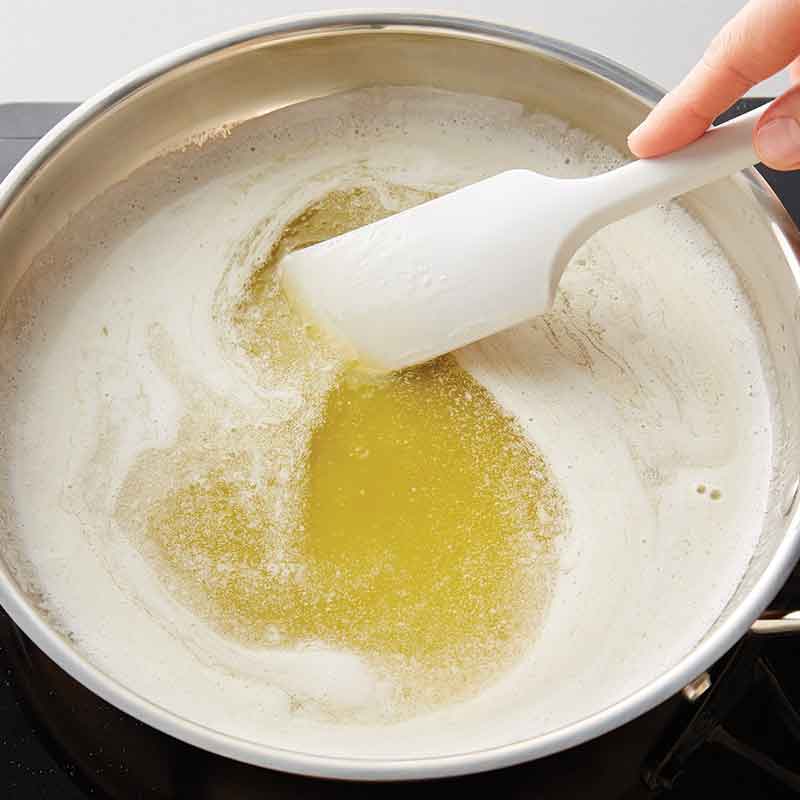
-
Start to stir for about 5 more minutes. A bubbly foam will rise to the top; keep pushing it aside to check on the solids that have now sunk to the bottom of the pot.
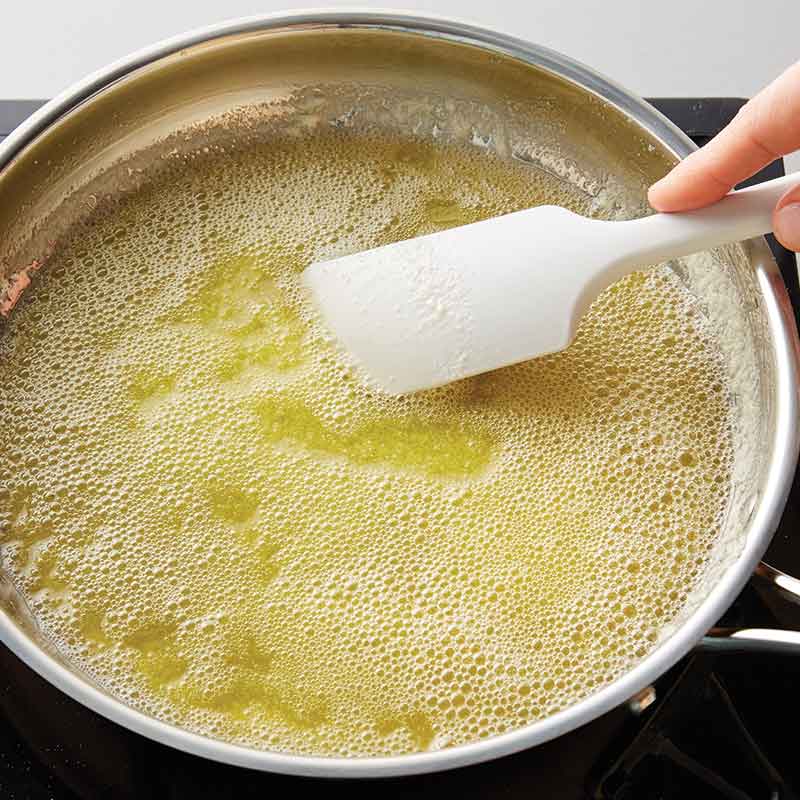
-
As soon as you notice the solids are browning, immediately remove the pot from the heat. It’s important to not burn the solids or they’ll impart a burnt flavor to your ghee. You want a nice toasty flavor instead.
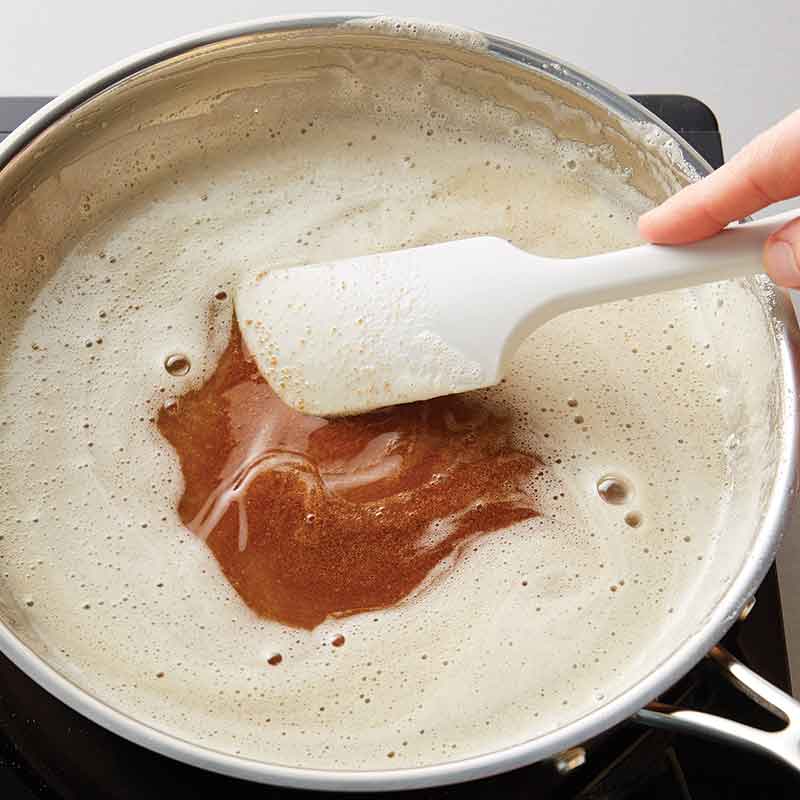
-
Remove the foam off the top of the butter. Slowly strain the butter through two layers of cheesecloth over a fine mesh sieve to catch all of the milk solids that were at the bottom of the pan.
- You now have about 1 ½ cups of ghee to use in place of butter or oil in your cooking. When using ghee, keep in mind these two important rules: Always use a clean dry utensil when scooping out your ghee, and keep your ghee in the fridge where it can last up to 4 months.
Share Your Thoughts
Did you find this article helpful? Has it inspired you? What else would you like to know?


